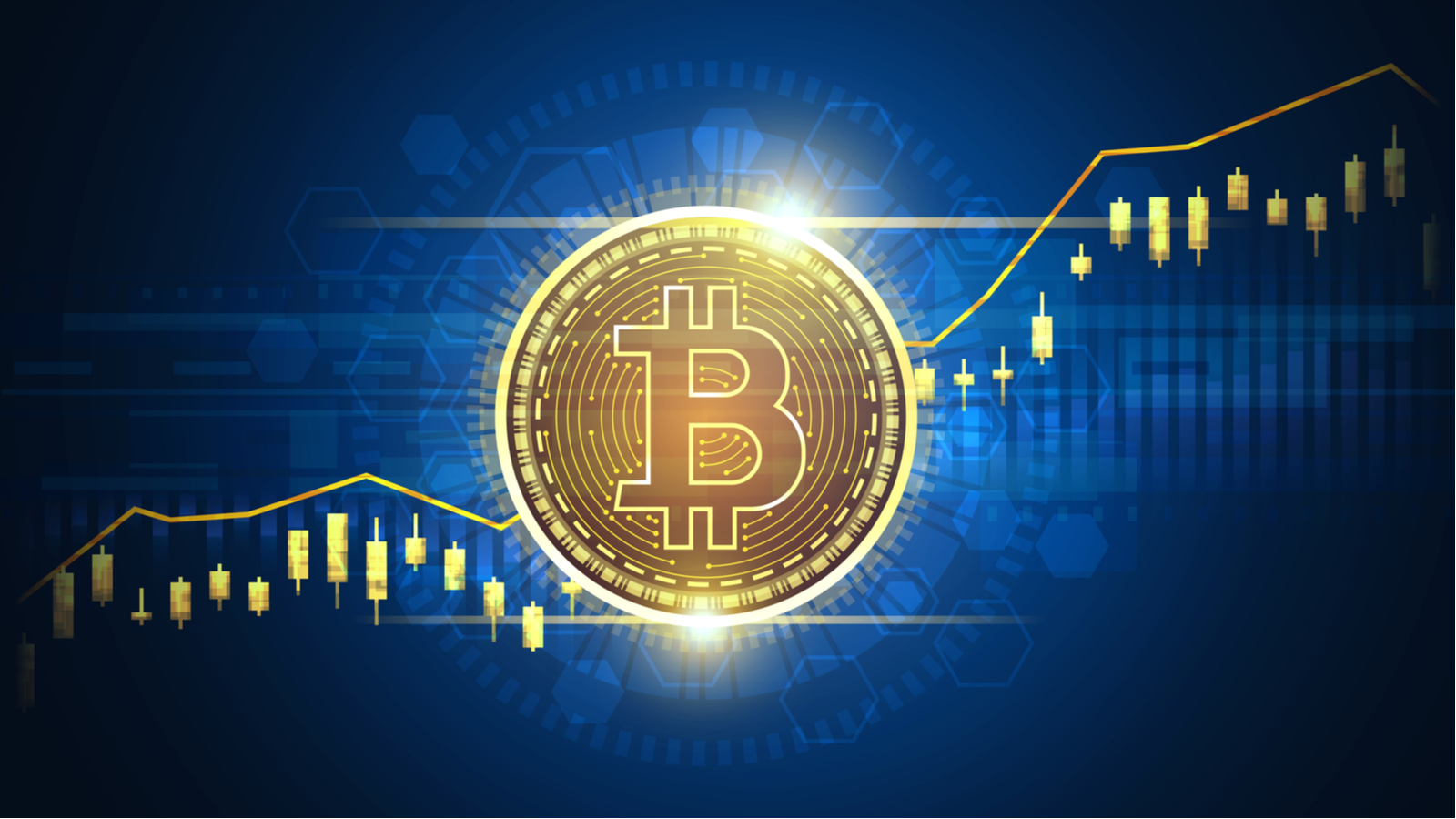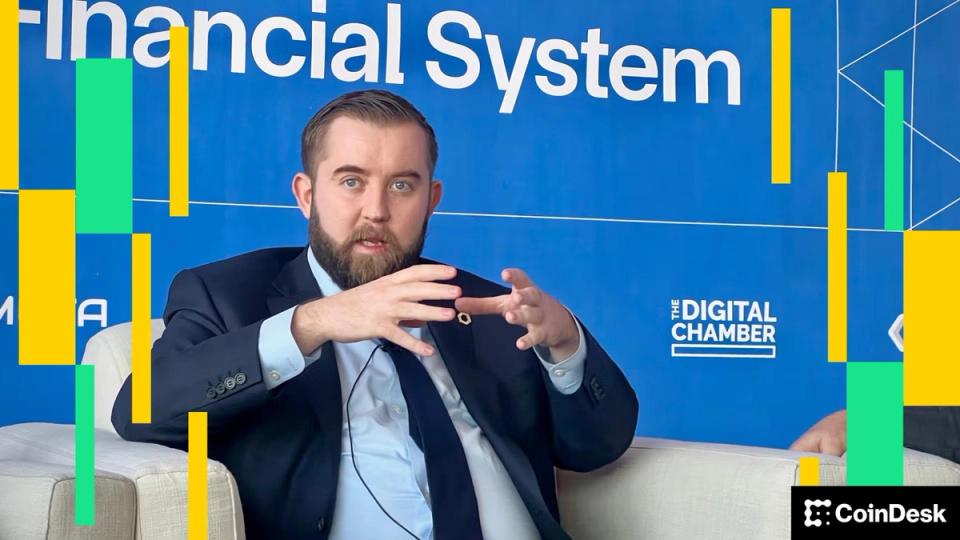Looking back, 2024 could be one of the best years for cryptocurrencies. We won’t know until the end of the year, but one thing is for sure – Bitcoin (BTC USD) is on the rise.
The world’s largest cryptocurrency rallied more than 65% at the start of the year and is now trading above $73,000. This move was fueled by continued capital inflows into this digital asset via spot Bitcoin ETFs. After being approved by the Securities and Exchange Commission in January, institutional investors are flocking to these funds as investors scramble to gain access to cryptocurrencies.
This increased demand comes at a time when many investors expect Bitcoin to become even more scarce. The upcoming cryptocurrency halving, where mining rewards for Bitcoin miners will be halved. Therefore, we may be in an upward price spiral, or at least that is what the market expects.
Let’s dig deeper into what this Bitcoin halving – or halving – is and why it’s important for investors.
Meaning of Bitcoin Halving
To put it simply, Bitcoin halvings occur approximately every four years. These halving events lead to a 50% drop in newly issued Bitcoin. Since around 19.5 million Bitcoin have already been minted and a limit of 21 million was set when the token was first created, the cost of mining new Bitcoin will increase dramatically. This is a feature of Bitcoin’s fundamentals and not a flaw that has caused much of this token’s increase in value in the past.
Since there will only be 21 million Bitcoins in circulation in the market, the fact that fewer new Bitcoins are created is a big problem. Scarcity is important, especially with stores of value like Bitcoin. So the recent price increase we are seeing makes perfect sense.
Impact of Bitcoin Halving
With Bitcoin’s inflation rate dropping by 50% essentially overnight, it’s an asset class that investors can count on to reduce inflation over time. Compared to other cash-like instruments (or even cash itself), Bitcoin’s value should theoretically hold up better during times of inflation. This is another important aspect of this halving that is less discussed but just as important in my opinion.
However, this mechanism does not protect Bitcoin users from inflationary effects when they convert it into fiat currency for transactions. Inflation will continue whether consumers like it or not. But for those looking to park capital for a period of time, Bitcoin certainly looks like a compelling option with the halving looming.
Fueled by potential profits, investors are now flocking to the cryptocurrency market. This also leads to an unexpected demand for Bitcoin. However, investing in Bitcoin can become more speculative as participants try to capitalize on the potential increase in value from halving events. So a certain amount of caution is required here.
Miners, whether individuals or companies, have traditionally found Bitcoin mining to be profitable due to the rewards the parties receive. However, halving events reduces these rewards, potentially affecting profitability. The reduction also brings greater challenges for large mining operations. In this case, large investments are required, including in maintenance, equipment and modernization.
3 things you need to know about the April event
Now that we know the meaning and relevance of the most anticipated Bitcoin halving, investors should know that the event alone is not only the solution and basis for determining the price of Bitcoin.
While there may be many market factors that cause and occur after the halving event, macroeconomic conditions also affect the price of Bitcoin. As the event slowly approaches, investors should expect greater volatility, a sharp rise in the price of Bitcoin and an impact on mining in general.
Volatility is likely to increase
Historical data suggests that Bitcoin has experienced significant price fluctuations over the halving years, with past trends indicating bullish movements. However, it is important to recognize the potential for conflicting outcomes based on historical precedent.
As the newly launched ETF pushes Bitcoin prices higher again, attention turns to the upcoming halving in mid-April. The Bitcoin halving cycle, which occurs roughly every four years or every 210,000 blocks, reduces blockchain rewards for miners and aims to maintain Bitcoin’s scarcity. With each halving, the rate of new Bitcoin launches decreases, eventually capping the total supply at 21 million Bitcoins.
The event attracts new investors and increases trading activity, but its impact on price increases may fade. By examining returns from July 2010 to February 2024, we assessed how halving periods affect Bitcoin’s price spread.
The analysis of the distribution of returns and volatility over time shows the aging of the Bitcoin market from a niche interest to a mainstream asset. With each halving event, returns and volatility have decreased, indicating a more stable investment landscape.
However, investors should temper their expectations of the dramatic gains in Bitcoin’s early days. The halving will also have a direct impact on miners by reducing block rewards, potentially leading to industry consolidation as smaller miners struggle to remain profitable.
Ultimately, miners will have to adapt gradually over the coming decades as Bitcoin mining becomes increasingly dependent on transaction fees.
The price of Bitcoin is likely to rise
Intended to maintain Bitcoin’s scarcity, the upcoming halving has historically sent prices soaring as supply falls. After previous halvings, Bitcoin rose from less than $9,000 to around $60,000 in a year. Some analysts such as JP Morgan (NYSE:JPM), warned of possible price declines due to higher production costs and suggested a more cautious outlook. Nevertheless, the attention of major financial institutions has highlighted the increasing importance of Bitcoin in recent years.
The Deutsche Bank (NYSE:DB) Jim Reid noted the increasing institutionalization of the crypto asset class and pointed to the influx of new ETFs. He pointed to the upcoming fourth Bitcoin halving in April, which will reduce the number of new coins available to miners to maintain scarcity, and emphasized the importance of regulatory clarity. Reid stressed that its institutionalization is undeniable regardless of one’s stance on Bitcoin
Historical trends indicate that halving Bitcoin’s supply typically results in a doubling of its value, making it a profitable investment strategy. Analyst Kar Yong Ang notes that Bitcoin rises about six months before a halving and peaks about a year after.
In the years following previous halvings, Bitcoin experienced significant growth, with gains of approximately 30,000% in 2012, 786% in 2016, and 712% in 2020. However, traders should be aware of factors such as hacks, bankruptcies, market conditions, and regulatory changes can mitigate the impact of future halving events.
Mining will fundamentally change
One of the possible things that could happen during the Bitcoin halving is that the number of new Bitcoin miners will also drop from around 900 to 450. However, miners will also face hurdles such as adjusting to reduced rewards and dealing with rising operating costs. Such projects can also double in value to $40,000 after the halving.
Bitcoin mining also requires more capital-intensive investments such as infrastructure and equipment, as well as upgrades and maintenance. Mining operations rely more on significant debt financing to expand their resources and maintain operations.
However, declining profit margins due to halving events can weigh on these companies and lead to bankruptcies and industry consolidation. The 2024 halving is expected to reinforce this trend, especially given the influx of new market participants and increasing reliance on asset-backed lending during the recent crypto bull market.
Bottom line
While miners anticipate the impact of the halving, investors remain uncertain about its impact. Some may mimic strategies from 2016, while others may choose to buy Bitcoin ahead of the event. Predicting BTC price movements after halving is proving to be difficult due to the evolving nature of the market, which highlights the importance of prudent investment decisions.
Bitcoin halving events, which have occurred roughly every four years since 2012, are crucial to reducing inflation and maintaining demand. While these events have historically been beneficial to investors due to the resulting price changes, they have posed challenges for smaller miners by reducing block validation rewards.
Given their significant impact on Bitcoin price dynamics, investors should be aware of the upcoming halving events and invest accordingly.
At the time of publication, Chris MacDonald did not directly or indirectly hold any positions in the securities mentioned in this article. The opinions expressed in this article are those of the author and are subject to InvestorPlace.com’s publication policies.
Disclaimer for Uncirculars, with a Touch of Personality:
While we love diving into the exciting world of crypto here at Uncirculars, remember that this post, and all our content, is purely for your information and exploration. Think of it as your crypto compass, pointing you in the right direction to do your own research and make informed decisions.
No legal, tax, investment, or financial advice should be inferred from these pixels. We’re not fortune tellers or stockbrokers, just passionate crypto enthusiasts sharing our knowledge.
And just like that rollercoaster ride in your favorite DeFi protocol, past performance isn’t a guarantee of future thrills. The value of crypto assets can be as unpredictable as a moon landing, so buckle up and do your due diligence before taking the plunge.
Ultimately, any crypto adventure you embark on is yours alone. We’re just happy to be your crypto companion, cheering you on from the sidelines (and maybe sharing some snacks along the way). So research, explore, and remember, with a little knowledge and a lot of curiosity, you can navigate the crypto cosmos like a pro!
UnCirculars – Cutting through the noise, delivering unbiased crypto news







